|
|
|
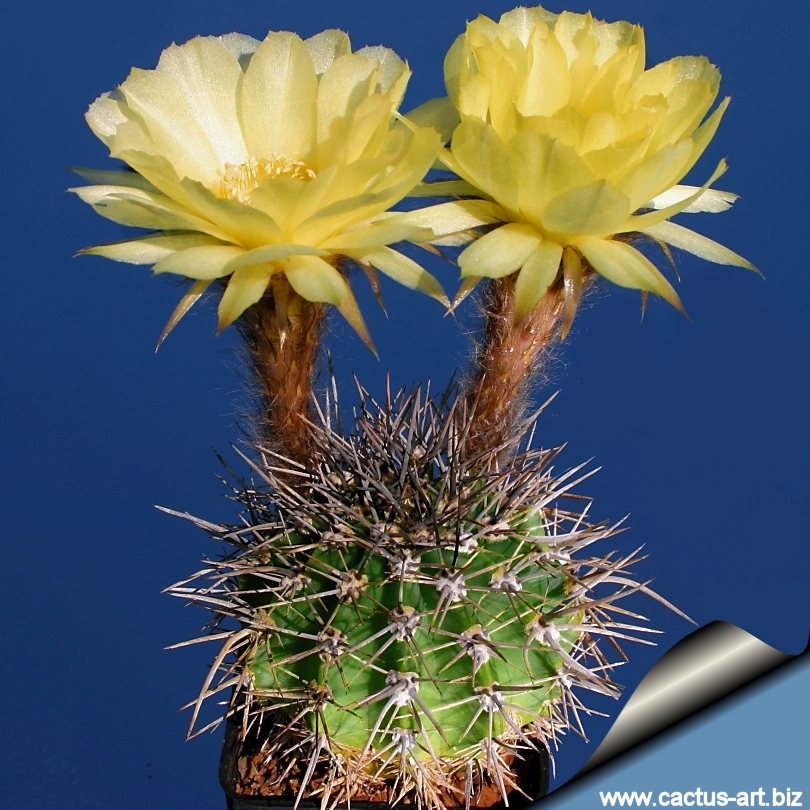
Lobivia aurea fallax
Bears strong spines and large silky yellow flowers. A superb plant!
|
|
Description:
Solitary or branched.
Stems: Dark green to grey-green, globular or elongated, reaching a
height of 15 cm and a diameter of 4 to 10 cm or more.
Ribs: 14 to 15, sharp-edged, separated by deep grooves.
Spines: 8 to 10 radials, clear radial about 2 cm. long pointing
outward, usually 4 central spines, 3 to 6 cm long. The one to four
central spines are thicker, about 4 cm (up to 6cm) long, and brown to
black with yellow tips.
Flowers: Lemon yellow and bright yellow inside (nearly 10 cm.) long.
Blooms in flushes in late spring and occasionally in summer. Buds are
covered by long silky hairs and grow laterally from the centre of the
stem. The tube is slightly curved, funnel-shaped, slender and greenish
white, with pale green scales, red at the base, with white and black
below.
|
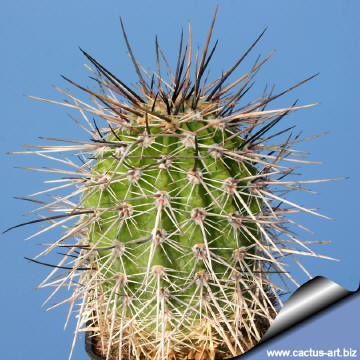 |
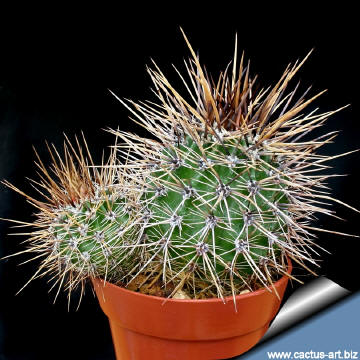 |
Lobivia aurea v fallax P137
La Rioja. Argentina
The spines are impressively strong and very showy.
The spines of plants in cultivation are usually weaker, because many
growers fail to give them full sun exposure. |
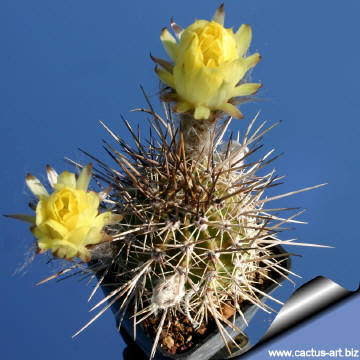 |
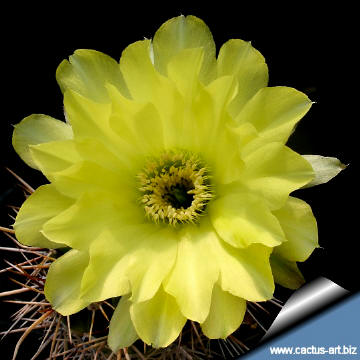 |
|
|
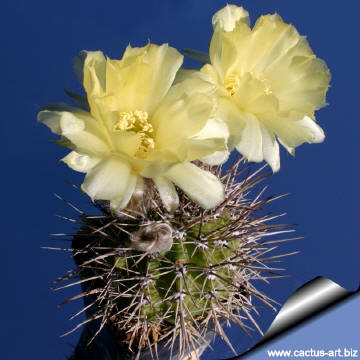 |
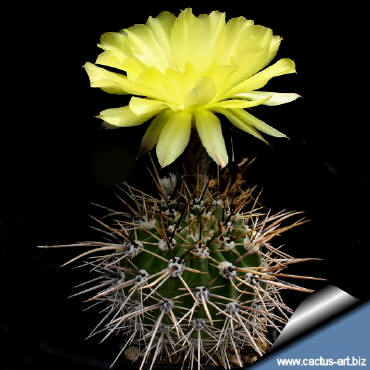
|
|


Advertising
|
|
|
|
|
Family:
Cactaceae (Cactus
Family) Scientific Name: Scientific Name:
Echinopsis aurea
Britton & Rose
Origin: Northern Argentina
Synonyms:
- Lobivia aurea var. fallax (Oehme) Rausch
- Echinopsis fallax var. shaferi,
- Lobivia fallax,
- Lobivia shaferi ssp. fallax,
- Echinopsis fallax,
- Pseudolobivia aurea var. fallax,
There are several varieties of
L. aurea, with
very different spine shapes and lengths.
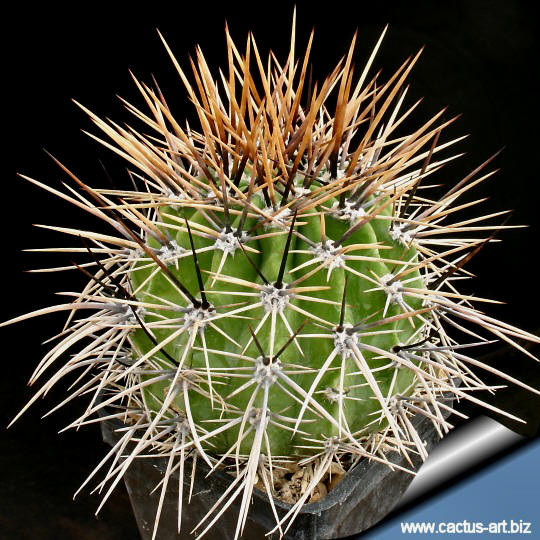
|
|
|
|
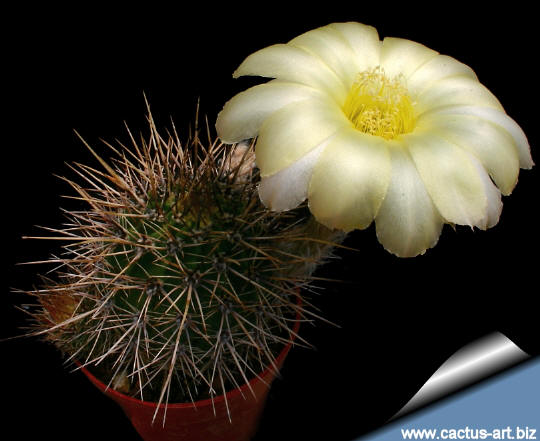
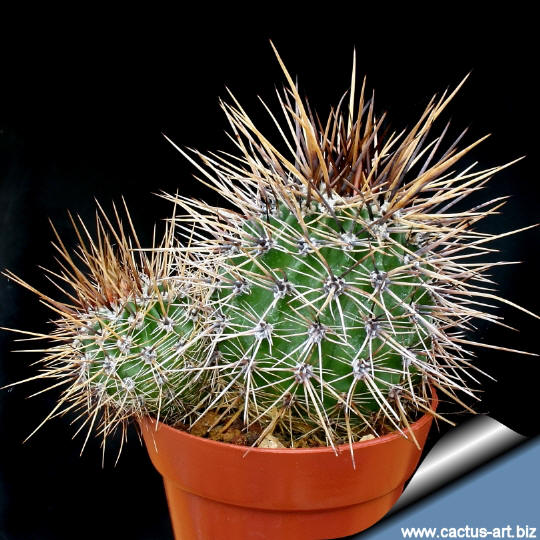 Cultivation: It is a summer growing species that offers no
cultivation difficulty. Water regularly in summer (but do not
over-water). It is rot prone and should be planted in a shallow pot.
Like most Echinopsis cultivated for their blossoms, it needs a soil
mixture a little richer than the average cactus, still with excellent
drainage. Keep rather dry in winter.
It is quite frost resistant if kept dry, hardy to -5°(-18°) C. It
needs a very bright exposure. Full sun is indispensable to keep plant
compact, with strong spines.
Propagation:
Direct sow after last frost,
or offsets
(if available).
Photo of conspecific
taxa, varieties, forms and
cultivars of Lobivia aurea (Echinopsis
aurea). (This taxon has lots of
synonyms (like most Lobivia) whit several controversial varieties and
subspecies):
|
|